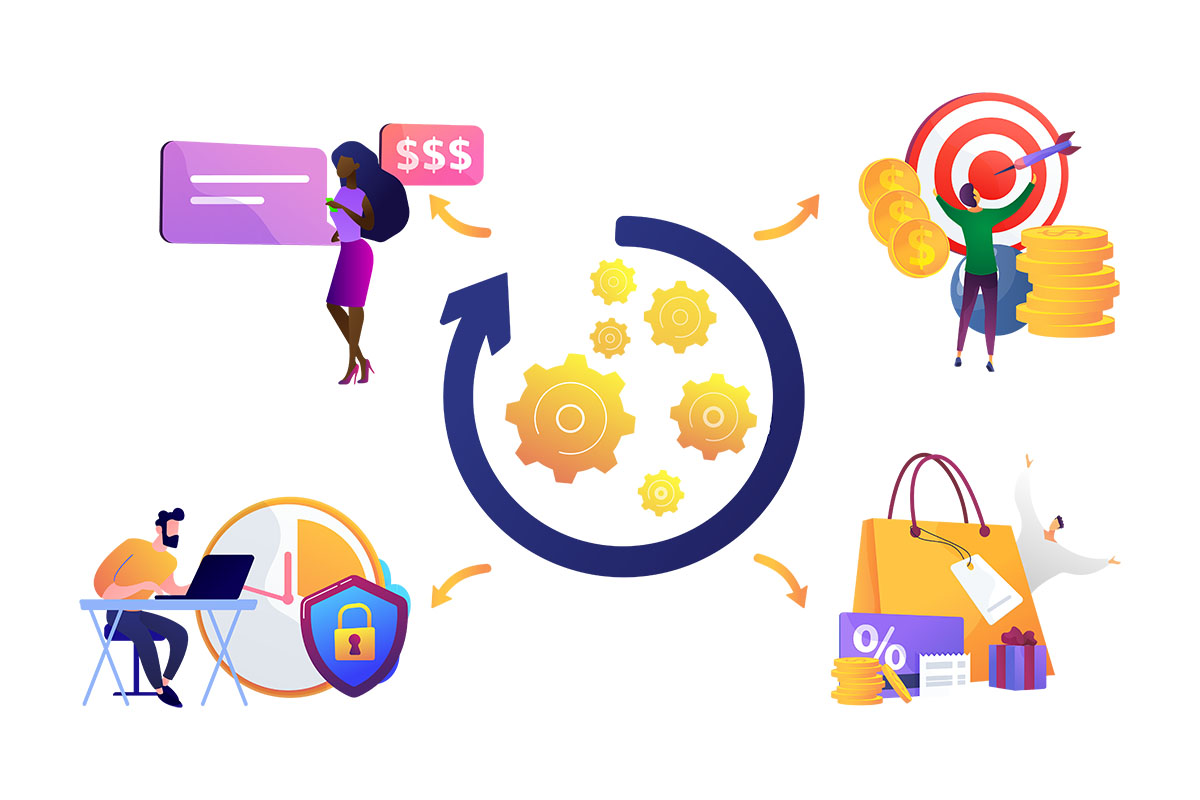
Now more than ever, lotteries can put data to powerful use in reinvigorating and growing the player base.
Lotteries that offer digital products are experiencing significant growth in this area since the start of the stay-at-home orders and social distancing caused by COVID-19. It’s expected that many more lotteries will accelerate their efforts to expand into digital channels, and with digitization comes more data. In a recently published article, Srini Nedunuri, Vice President IGT PlayDigital™ Lottery, discusses how Artificial Intelligence (AI) can help lotteries harness their data to better understand player needs and wants, enabling lotteries to make decisions to attract, engage, and retain players.
Personalization of data to create unique user profiles is key to improving the player experience, and research shows that this enhancement is a main driver in boosting consumer loyalty. Using AI, lotteries can gain deeper insight into their players’ habits and preferences, and engage with them and improve their experience as a result. For players and lotteries alike, the benefits are plentiful.
While the required data to create these player profiles is vast, much of it already exists across multiple touchpoints of any lottery’s operation, including terminals, player accounts, the games themselves, and more. IGT’s purpose-built Play.AI platform can aggregate and synthesize all of this data for lotteries to leverage in order to gain insights on player preferences and behaviors and, as a result, help decide how to retain and promote directly to these players.
Researchers forecast that within a few years the vast majority of consumer interactions will be in some way supported by AI technology. In the lottery industry, the data to enhance the player experience and encourage consumer loyalty and retention already exists, it is simply a question of consolidating and harnessing it to turn insight into action.
For more information about IGT’s Play.AI platform and the benefits to lotteries and players, email playdigital@igt.com.
To read the full article in NASPL Insights, click here.




